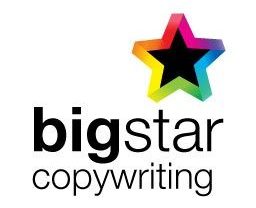Case studies are powerful tools in the right writer’s hands. Why? Let’s take a moment to break it down.
Case studies let another voice speak on behalf of your business.
Everything on your website is written from the perspective of your brand. There’s nothing on there that isn’t carefully considered. Readers understand this and look for ways to authenticate and verify what they’re reading. They want to know whether what you’re saying is true.
Case studies make it easier for prospective clients to trust what you’re saying because you’re letting another business speak for you. That company is willing to associate their brand with yours and publicly state that they use and appreciate your services. It’s why we always try to get a few pull-out quotes in every case study. We want to back up your claims with someone who’s trusted, respected and has no stake in your business.
Case studies ground your products in reality and connect them to actual outcomes.
It’s surprisingly easy for your products and services to become detached from the environment in which they’re used. You provide businesses with AI-powered customer software solutions? Sounds cool, but I have no idea how that will benefit my company in practice.
Case studies contain more product detail, expand on how clients use your products and services and link them to real outcomes. You get to say that, in this particular circumstance, your product generated this ROI, cut call volumes by x% or performed the work of so many FTEs. That’s powerful. That’s what wins clients.
Case studies are widely read by the most important type of customer
As copy experts, we understand that internet users don’t have the biggest attention spans. If the copy doesn’t immediately grab them, they quickly navigate away. This makes ensuring potential customers consume your marketing materials a challenge.
However, case studies are frequently read from start to finish. According to DocuSend research, they boast a completion rate of 83% – far above most other types of content. But the fact that people are more likely to read all of your case study isn’t the only thing that matters. Who reads your case study is also really important. Fortunately, there’s good news there, too. 71% of B2B buyers in the awareness stage of the sales cycle and 77% in the evaluation stage believe case studies are the content that has the most influence on their decision-making (Hawkeye).





